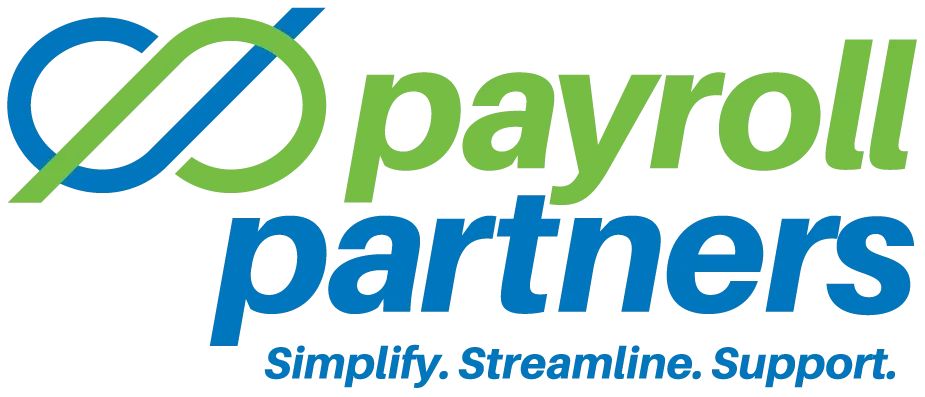Employee records are complicated. There. We said it. Forms, copies, folders, signatures: none of it is fun, but there is a right way and a wrong way to do it. While organizations often review employee files at the end of the calendar year, summer is also a great time to review (and correct, if needed!). Youth and children’s staff are away, the campus is quiet, and no major holidays are vying for your attention.
The beginning of summer also marks the end of the fiscal year for many organizations and the perfect time to make sure everything is in order for the year ahead. So let’s talk about record retention.
What are the best practices for record retention?
Each employee’s files should be kept in four separate folders, either physical or electronic: personnel, payroll, medical and other. And even if you store employee records in an HRIS or payroll system, we recommend keeping a digital copy of at least each employee’s I-9 in your internal records so you have easy access.
Once an employee has left your organization, personnel documents have different time frames before you can shred them. We recommend keeping them for seven years after termination, which meets all requirements. Then shred away! During this time, transition to digital copies if you haven’t already so you don’t max your storage space. I-9s, of course, play by different rules: you can and should shred them three years from that employee’s hire date or one year from their termination, whichever is later.
Another record you need to retain is time cards. At the end of each quarter, download and store all of them so you can verify hours and pay. The responsibility to verify falls on the employer, so if an employee ever questions their pay and it comes down to your word versus theirs, those time cards are key.
What about I-9s?
Ah, I-9s. We could write a book, but will try to just give you the basics: Most organizations have errors on their I-9s, so it is extremely important to review them! First, make sure you are using the most up-to-date I-9 form. The current I-9 form expired on October 31, 2022, and no one knows when to expect the new form, but there are two ways you can stay in the loop: (1) always download the I-9 form directly from the USCIS website so you have the most up to date version and (2) sign up for HRMS emails (we’ll notify you as soon as the new form is released)!
Be sure to have every single employee complete an I-9: new and existing. If you’re rehiring an employee that has been away for more than a year then you need to fill out a new I-9. If it’s been less than a year, fill out the “rehire” section at the bottom of their original I-9.
What happens if you find an error? If it’s minor, you can place a single line through the error, then correct, date, and initial it. The same goes for missing information: just date and initial the addition. For an I-9 that’s just too far gone, you can fill out a new one and attach the original to it with a memo that details the date and reason for the new form. Never use whiteout or marker to hide errors and don’t forget to double-check the I-9s on your HRIS or payroll systems, too.
NOTE: Did you view any of your employees’ documents for their I-9s remotely between March 2020 and now? If so, that flexibility ends July 31, 2023, and you must view all those documents in person before August 30, 2023.
What about other records?
While you’re already knee-deep in paper, and especially if you’re approaching the end of your fiscal year, there are a few other clerical items you might want to add to your list. Make sure your staff’s mailing addresses are all up to date and schedule Sexual Harassment Training for anyone who needs renewal (lots of states require training every two years). Recalculate your headcount and full-time equivalent (FTE) and determine if you’ve passed a new threshold and need to be aware of different laws and regulations. Finally, review your Staff Handbook and Staff Lifestyle Agreement both internally and with your staff.
Original content by HR Ministry Solutions. This information is provided with the understanding that Payroll Partners is not rendering legal, human resources, or other professional advice or service. Professional advice on specific issues should be sought from a lawyer, HR consultant or other professional.

